Apps
How to make the most of productivity apps in your daily routine
Discover how productivity apps can transform your day with simple tips, automations, and integrations that make organization easier, increase focus, and free up time.
Advertisement
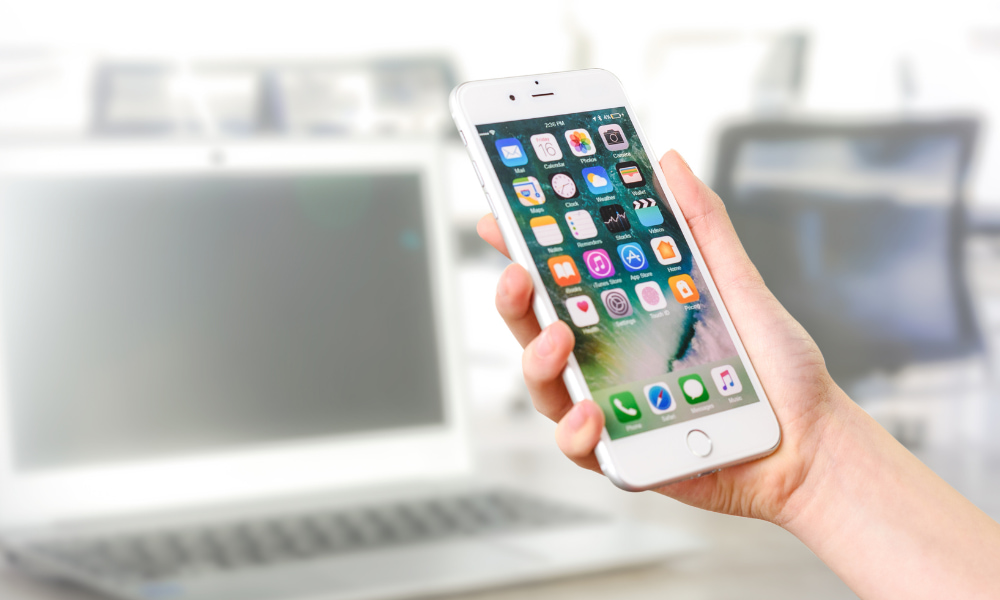
Feeling like the day is flying by and tasks aren't getting done is frustrating. In the middle of work, someone realizes they've missed deadlines or forgotten appointments. Using productivity apps can completely change this dynamic, adjusting small routines for big results.
Organizing appointments, prioritizing tasks, and not forgetting anything are universal needs, regardless of profession. Digital tools offer proven solutions for real-life situations and reduce forgetfulness, mistakes, and that feeling of being lost in one's own routine.
By adopting the right tools, people can simplify their daily lives and transform several wasted minutes into productive time. In the following sections, we will explore practical ways to incorporate productivity apps into your routine and how to get the most out of each one for different styles and needs.
Define your method: productivity apps only work with a consistent routine.
Anyone who starts using productivity apps casually soon realizes: distraction is solved with method, not just technology. Choosing an app is just the beginning — your routine needs practical adjustments for the tools to truly improve your organization.
A helpful tip involves setting a fixed time of day to review tasks and update events in your chosen app. This small ritual creates the necessary discipline and makes using the app as automatic as brushing your teeth when you wake up.
Daily check-ins make the app valuable.
Taking five minutes to open your productivity app and visualize everything that needs to be done is transformative. This habit reduces anxiety and prevents forgetfulness at work or in your personal life.
Those who establish a routine of checking their schedule also notice duplicate or overdue tasks early on. This allows for adjustments and increases the level of control over the schedule in the long term.
One concrete action is to use an alarm or reminder within the app itself so as not to miss this moment. Digital calendars offer simple features for scheduling these check-ins, maintaining discipline even on busier days.
Organize by themes, not just by dates.
Dividing tasks by context allows the app to show real priorities, not just calendar dates. For example, separating "work," "family," and "personal" avoids confusion and speeds up filtering when reviewing pending tasks.
By creating categories, you can view shorter, more relevant lists. Keeping topics separate reduces distractions, minimizes forgetfulness, and facilitates quick reviews without losing focus.
This method also allows you to delegate tasks. Sharing a thematic list, such as "shopping" or "meetings," speeds up agreements, eliminates misunderstandings, and saves time on conversations about everyday tasks.
| App | Key Features | Ideal for | Next Action |
|---|---|---|---|
| Todoist | Categorization, reminders, collaboration | Professional and personal routines | Create your first themed list. |
| Trello | Visual charts, lists, attachments | Group projects | Create a table with columns by context. |
| Google Keep | Quick notes, colorful labels | Daily tasks | Mark a note with a specific label. |
| Notion | Customizable blocks, database | Multifunctional management | Try creating a priorities dashboard. |
| Microsoft To Do | Integration with email, recurring tasks | Corporate environment | Set up daily reminders linked to email. |
Use predefined routines to automate repetitive tasks and save time.
Creating automated routines in productivity apps makes it easier to perform actions that would normally require a lot of manual attention. Automating certain steps frees up time and clears the mind, since recurring tasks run almost on their own.
A useful feature is setting up weekly reminders to review goals or grocery lists. The app sends out regular notifications, and no one gets bogged down by a fragile memory amidst the chaos of messages and emails.
Dedicated time blocks increase efficiency.
By dividing the day into blocks within productivity apps, activities become more organized and the risk of procrastination decreases. It's possible to allocate 30 minutes just for emails, for example, truly focusing on that task.
This model is simple: schedule fixed blocks for meetings, study, or rest, viewing everything in the app. This way, the routine gains a consistent rhythm and the day is more productive without accumulating overdue tasks.
- Schedule themed blocks in the app by color to visually identify your focus. The connection between color and activity reinforces productive habits with less distraction.
- Set strict schedules for breaks and log them in the app. Keeping breaks scheduled prevents overload, as the alert indicates it's time to switch off before fatigue sets in.
- Review your schedule at night, directly in the app, and adjust any blocks. This nightly review prepares you for unexpected events and reduces stress in the morning.
- Use the app's built-in alarms to avoid losing track of time. The alert helps you get back to the task if you're momentarily distracted.
- Categorize fixed and routine commitments into separate lists. Visual separation acts as a "psychological alert" to a change in context in the brain.
Those who use these strategies notice a decrease in the number of forgotten tasks the following week. The constant visual feedback from productivity apps promotes focus and reinforces discipline day after day.
Automated routines reduce micro-decisions.
Setting up automated actions, such as sending messages or updating to-do lists in the app, reduces unnecessary micro-decisions. The gain in mental energy from avoiding these everyday decisions is evident after a few days.
- Schedule weekly reminders to pay bills directly through the app and reduce forgetfulness. The reminder is part of the monthly cycle for an organized person.
- Automate the creation of recurring tasks at the beginning of each month. This way, there's no risk of missing important tasks that always come up.
- Create automatic shared lists for events like birthdays. This type of collaborative routine reduces the number of conversations needed to coordinate details.
- Use automations to copy meetings from email to the app's calendar. Integrations streamline information synchronization without losing data along the way.
- Trigger automated responses or pre-written scripts in standardized situations. With a tap on the app, quickly communicate updates and changes to teams or family members.
When the app takes over mechanical tasks, the user only spends energy on strategic decisions. The mind benefits, and productivity evolves to a much lighter and more efficient level.
Clear goals transform productivity apps into long-term allies.
Setting concrete goals maximizes results with productivity apps. The secret lies in creating specific objectives with measurable steps, making it easier to track and adjust progress over time.
Instead of using the app just to remember appointments, establish intermediate milestones and visible metrics. This way, you pave the way for tangible daily progress.
Write detailed goals within the app.
Recording detailed goals, such as "finalize financial report by Friday," clarifies expectations and combats procrastination. The clear language within the app avoids confusion and serves as a daily progress reference.
Productivity apps offer fields for notes, attachments, or checklists. Use them to break down large goals into smaller steps, marking dates and assigning responsibilities as the routine unfolds.
People who see their daily progress on the app feel constant satisfaction. This acts as a psychological reward and maintains engagement even in long and demanding routines.
Celebrating small victories keeps you motivated.
Marking tasks as completed in a productivity app releases a sense of accomplishment. Even the act of crossing off an item will increase motivation to continue the journey.
Adding reminders to celebrate milestones in the app reinforces the habit. A simple notification saying "Congratulations, goal achieved!" provides immediate encouragement to stay focused on the remaining challenges.
Regularly reviewing past achievements within the app acts as fuel to tackle new goals. This vision of progress maintains discipline and prevents discouragement when faced with more extensive demands.
Personalize notifications to only receive what really matters.
Customizing alerts in productivity apps prevents excessive notifications from distracting you. Silencing irrelevant notifications and highlighting priority alerts directs energy only to what influences concrete results.
By personalizing your routine, you avoid unnecessary reminders. This makes the user experience with the productivity app smarter and less intrusive with each new appointment added.
Review notifications every week.
Reserving a weekly time slot in the app's calendar to review notifications aligns the system with the actual flow of your routine. It's time to mute completed tasks and highlight current projects so you don't miss any important information.
Productivity apps favor dynamic adjustments. Changing the alert tone, enabling vibration only for urgent alerts, and filtering appointments by color make the app even more efficient.
Avoid being a victim of duplicate alerts. Checking for redundant integrations between apps saves energy and keeps your notification center lean and focused throughout the month.
Highlight urgent commitments and minimize distractions.
Program the app to visually differentiate urgent tasks — changing color, priority, or icon are effective strategies. This makes it easy to identify, in seconds, what can't wait in your day.
Reduce the use of sound notifications for tasks that are not very relevant. The brain understands that it should only react in situations of real impact, avoiding unnecessary interruptions and preserving productive focus.
Updating notification rules as the app receives updates keeps the workflow clean. Enabling this filter allows productivity apps to meet the personalized demands of your routine.
Integration between different apps optimizes processes and reduces rework.
Linking different productivity apps enhances organizational power. Syncing lists, calendars, and files reduces the chance of losing tasks, duplicating information, or forgetting deadlines while connected.
When tools communicate with each other, the digital workflow integrates with various aspects of life: professional, family, personal, and side projects. This integration speeds up daily life and simplifies decision-making.
Share lists to align teams and families.
Using sharing features in productivity apps makes it easier to coordinate schedules, delegate responsibilities, and align expectations within a group, whether at work or with those you live with.
When forming teams within the app, members can check pending items and mark tasks as completed in real time. Transparency in this workflow avoids misunderstandings and unnecessary backlash among team members.
Testing integrations with email or instant messaging helps those who need fast communication. The productivity app notifies everyone at once — and no one forgets the most important task of the week.
Automate backups to never lose important data.
Enabling automatic backups for lists and projects prevents losses caused by power outages, technical failures, or problems with the smartphone itself. A backup saved regularly in the productivity app eliminates unnecessary risks.
In the workplace, synchronizing tasks across devices makes all the difference: start a plan on your phone, finish it on your computer, and never have to retype anything if you lose access to your main device.
This type of simple integration, with automatic backups, keeps the digital workflow agile and free of unwanted surprises. This way, work continues even in the face of unforeseen technical issues.
Small daily adjustments make productivity apps perform better and better.
Analyzing task entries and exits in productivity apps allows for small daily improvements that, when added together, result in surprising gains over the months. The secret lies in investing three minutes each night to adjust lists and events.
These fine-tuning adjustments prevent overload and organize the following morning more efficiently, optimizing every available time block.
Evaluate your progress every week.
By reviewing your productivity app logs weekly, you can identify bottlenecks, repetitive tasks, and priorities that balance your workflow. This process generates real learning from the routine itself, as displayed on the app screen.
Identifying where the most time-consuming tasks are indicates where to focus improvements. Changing the execution sequence or transforming recurring tasks into projects accelerates results in just a few days.
Monitoring progress, marking achievements, and identifying points of stagnation ensures the organizational cycle is constantly evolving. The habit of reviewing week after week brings complete control over one's own agenda in the medium term.
Adapt strategies as new demands arise.
Changing list categories, adding new time blocks, or switching priorities are signs of organizational intelligence. The productivity app shows behavioral patterns and reveals where adjustments are most needed.
When you notice an increase in workload or a drop in energy during the week, reassess your limits and redistribute tasks across the days. The flexibility offered by the app means adapting your life without suffering, simply by adjusting small digital gears.
Turning the app into an ally for each phase of the routine eliminates stress and strengthens planning. New challenges demand quick and assertive adaptations — daily adjustments in the app ensure an efficient response.
Practice what you've learned: productivity apps transform your daily life.
Using productivity apps as daily allies reduces forgetfulness, increases discipline, and accelerates weekly goals. By applying the tips and creating consistent routines, efficiency grows in the first few weeks.
There's no miracle secret, but rather small, concrete actions applied every day — whether it's a nightly review, fine-tuning notifications, integrating with other apps, or setting clear goals.
With each new adjustment, productivity apps become true personal managers for those who want a more fluid, organized life full of small daily triumphs.
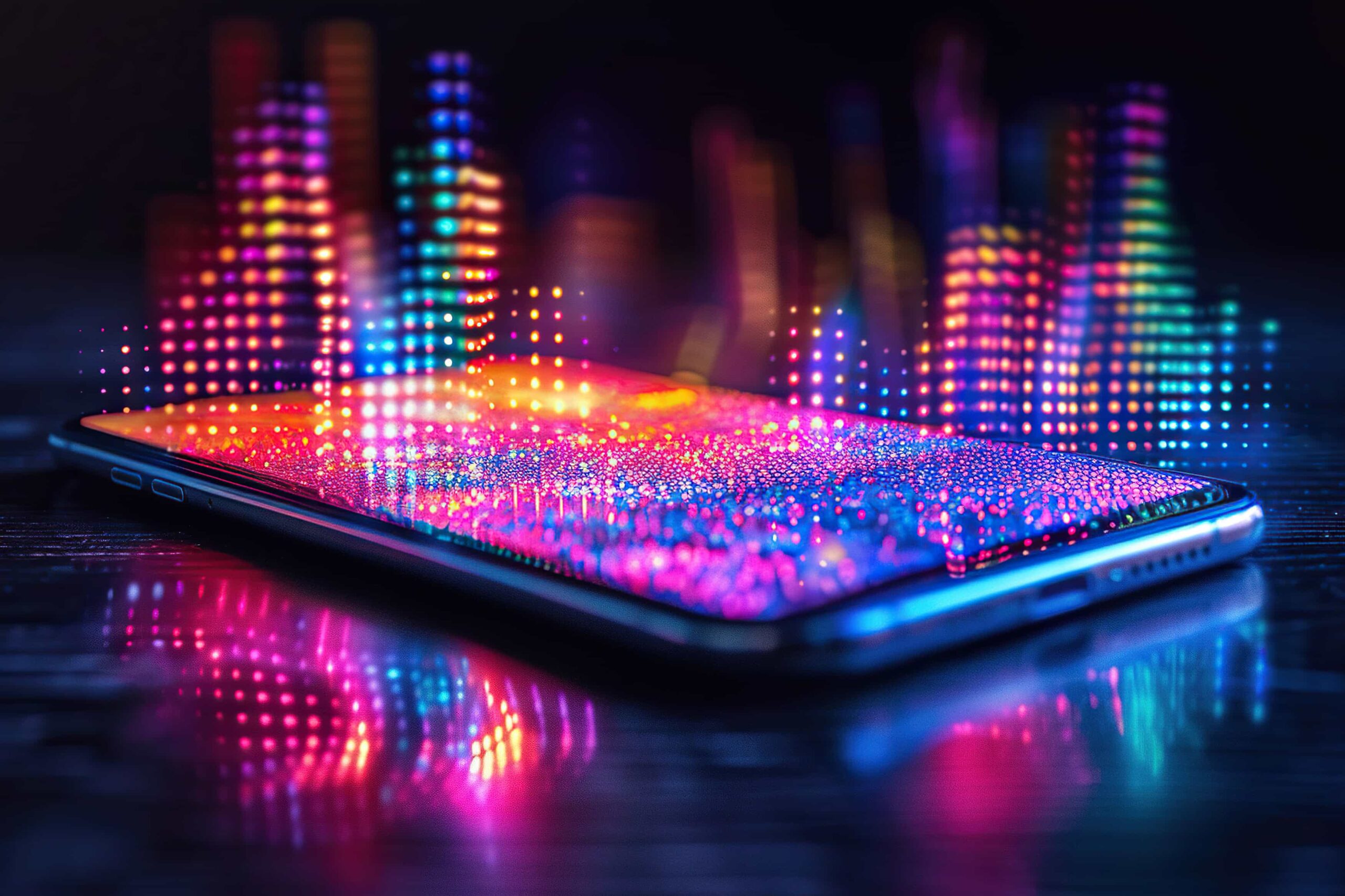
Clean Up Your Phone Memory: 5 Top Apps
Learn how to keep your phone fast and organized with effective cleaning apps.
Trending Topics

Best Hairstyle Apps: Explore Trends Without Leaving Home
Discover the best apps for changing your hair and try out realistic cuts and colors before transforming your look for real!
Keep Reading
Discover new games that suit your style: practical tips for every profile
Learn to identify your play style and explore new titles that fit your profile for a fun experience.
Keep Reading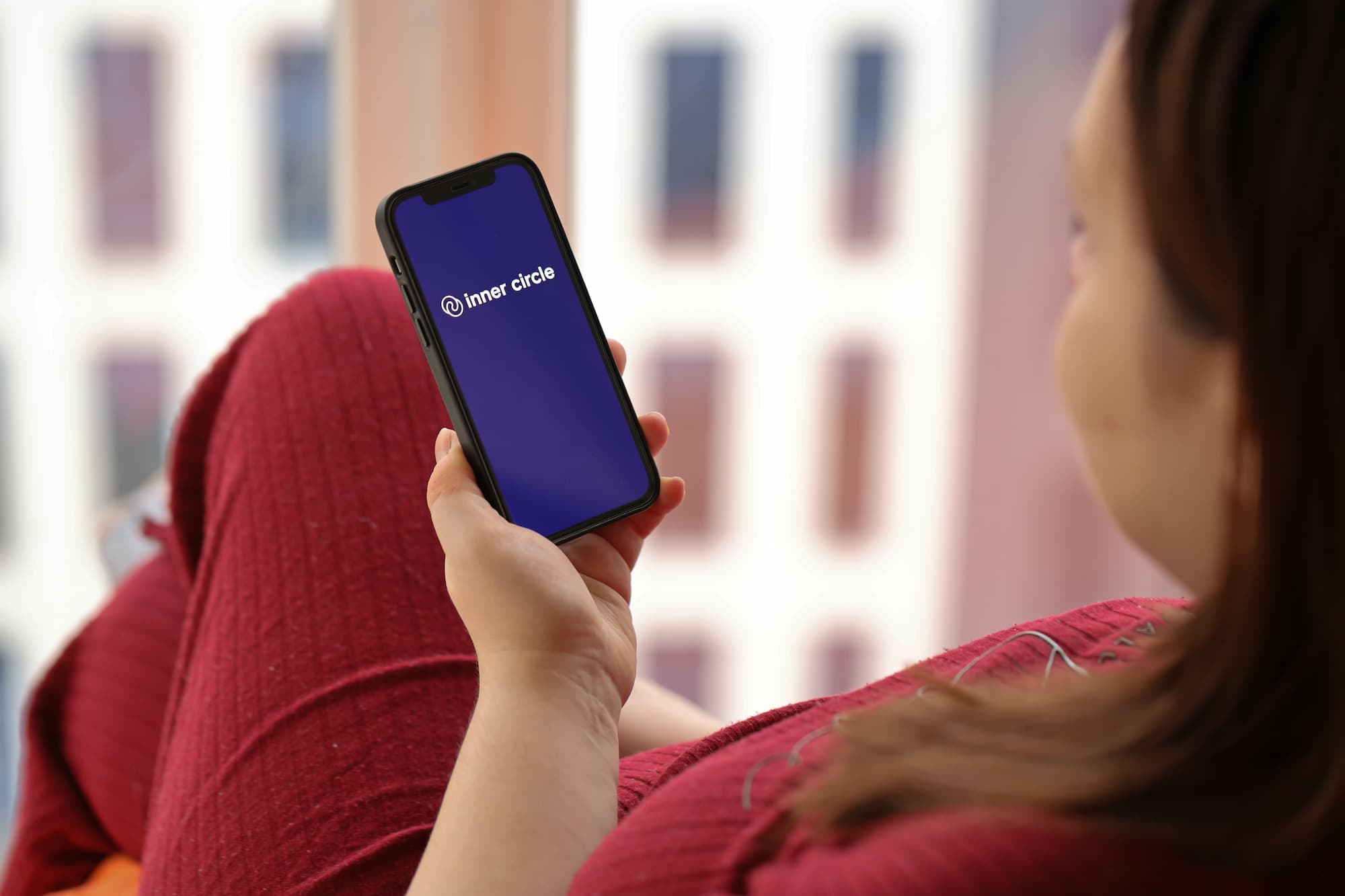
Inner Circle: The Dating App for People Seeking Authentic Connections
Inner Circle is a dating app for those seeking authentic and selective connections. See how it works and if it's worth it for you!
Keep ReadingYou may also like
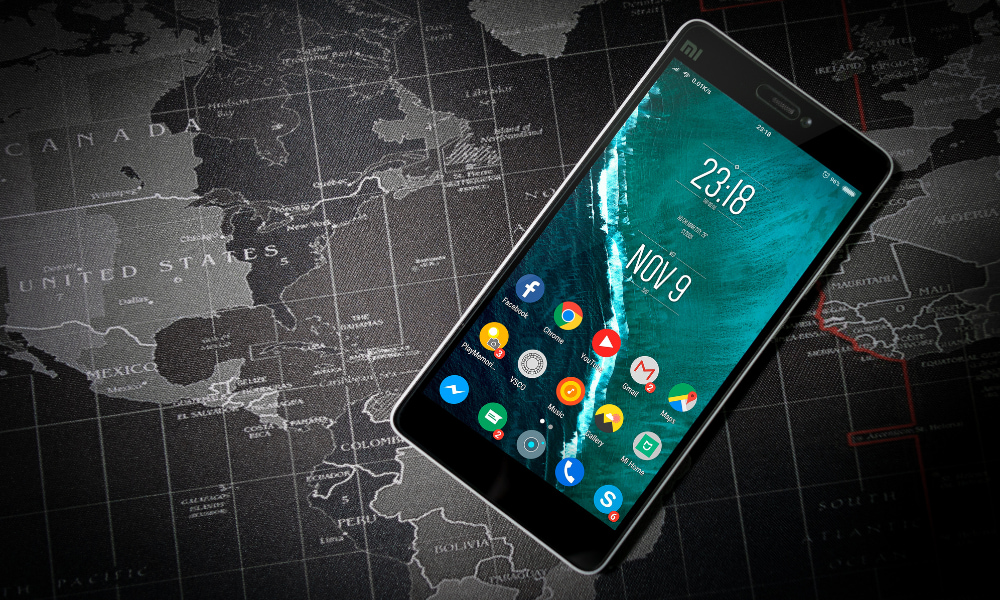
How to set up smart notifications in everyday apps
Setting up smart notifications helps reduce distractions by prioritizing important alerts and creating more efficient routines.
Keep Reading
YouCam Makeup: Try New Hairstyles in Seconds
Try realistic cuts and colors! YouCam Makeup is the ideal app for AI-powered hairstyles. Learn more here!
Keep Reading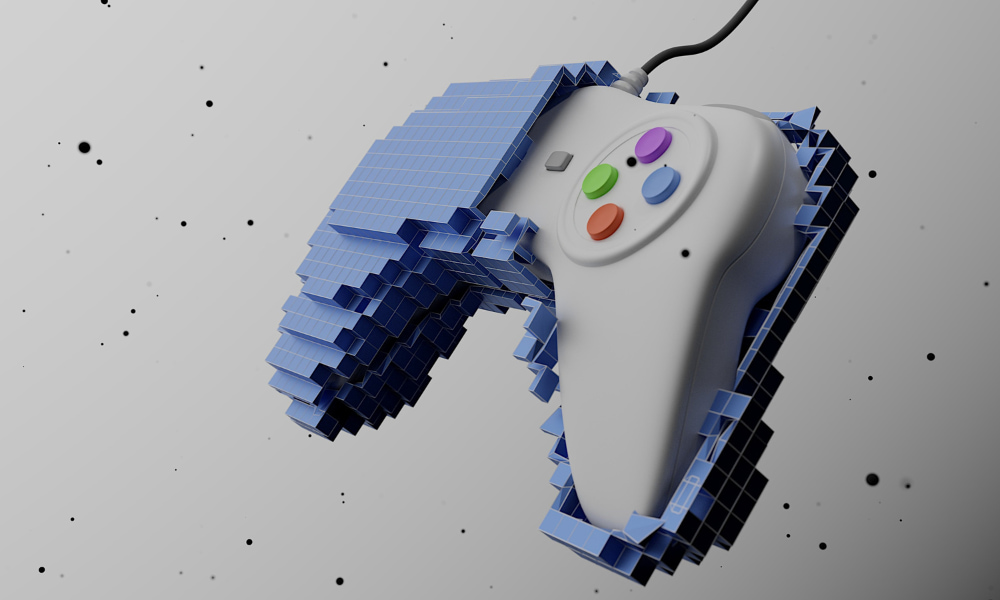
Games that became worldwide hit films and series
Games that have become films and series connect audiences, expand universes, and offer new ways to explore memorable stories and characters.
Keep Reading